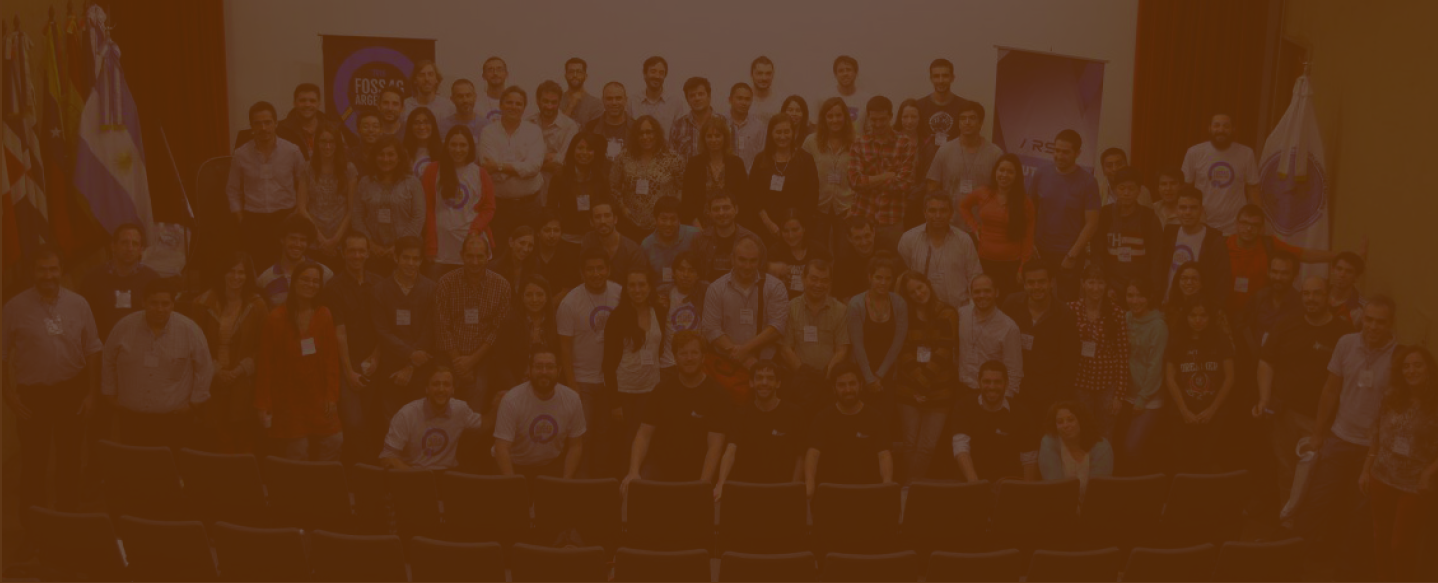Jin IGARASHI
Senior software developer specializing in GIS field with more than 10 years of work experience in Japan and Eastern Africa. Main interest is how GIS can collaborate with water supply management efficiently. I am also main contributor to translate some QGIS documents, QField and Input to Japanese language.
Sessions
Water and Sanitation Corporation (WASAC) developed GIS system for rural water management by using FOSS4G software together with Japan International Cooperation Agency (JICA) since 2018. WASAC conducted the data collection by using QGIS and QField, then offline data sharing became available for all over the country of Rwanda until the JICA project ended in December 2019. Our achievements of the project was presented in FOSS4G 2019 Bucharest (see video).
Although JICA project ended, WASAC still continue developing more advanced vector tiles’ based Web GIS system with former JICA expert - Jin IGARASHI. Our new online site is available here. Now all of our stakeholders can browse water supply data in Rwanda. We established this new web service for free of charge by using Github pages because of budget limitation. We also make our vector tiles data available as open data at Github and openAFRICA. This new vector tiles project was also developed under the technical support of The United Nations Vector Tile Toolkits.We would like to share how we are using this application to manage water and how we want to develop in the future.
In recent 6 years, I was involved in water projects in Kenya and Rwanda by using FOSS4G software. A lot of water utilities in Africa are struggling to utilize their own GIS data because of lack of budget and skills. I was always thinking how they can easily manage their water utilities by GIS. Thus, I developed several open source software toolkits for water utilities in Rwanda and Kenya. The details implementation of softwares will be presented at the different talks - "An implementation of FOSS4G - QGIS, QField and Vector Tiles for rural water supply management in Rwanda" and "The impact of application of FOSS4G on Non Revenue Water" in FOSS4G 2021. In this talk, I will introduce my developed open source software and also talk about what I will develop in the future.
My tools are documented at GIS for Water website. I mainly develop three types of software as follows.
- Software for Vector Tiles Management - Generating, Updating, Deploying automatically
- Plugins for Mapbox GL JS v1 - mapbox-gl-export, mapbox-gl-legend, mapbox-gl-elevation, etc.
- Parcels, Terrain RGB and EPANET for Water Management
Nanyuki water and sewerage company (NAWASCO) is located in Nanyuki town Laikipia county Kenya.it operates as a county water service provider mandated to serve Nanyuki town and its environs. For a long time, NAWASCO’s field officers used old maps to monitor water connections. Having inherited customers from the Nanyuki Municipal council, they had to do an intense ground work to mark their territory. They walked around with the old maps following water pipelines between intake and the consumption points in order to identify the number of customers served under their jurisdiction.
That was cumbersome! With advancement in technology, a decision was made to digitize the system to ease the identification burden.
Journey to Digitization.
To kick-off the digitization journey, QGIS a Free and Open Source Geographic Information software was used to convert old maps into computer readable documents that were used to develop the Geographic Information System. A GIS database was developed using POSTGIS where all the digitized data were stored. For analysis purposes and building a strong GIS system field data was collected using hand held GPS .These included pressure data, new connections, newly installed appurtenances and fittings.
The amount of water lost between production and billing points has been one of the major challenges faced at NAWASCO. FOSS4G applications has assisted the team to have a better understanding of network and prompt leaks and bursts repairs hence reducing non- revenue water. Nanyuki water success story of Non-Revenue water reduction from 55% to 30% is largely due to adoption of GIS technology (Free and Open Source Geographic Information software. The water utility has also improved its billing efficiency through GIS. Meter readers, billing officers, repairs and maintenance team and non-revenue water team are now able to locate customers using shared vector tiles from the link.

